Achieving secure fastenings through wire has been made easy with the use of tie wire. This type of flexible binding is crafted from a supple material that can be tweaked and manipulated for a variety of considerations. Usually sold in 16 gauge thickness, this wire offers vast potentialities for crafting temporary restraints or long-term fastenings.
Tie wire has a plethora of applications, from residential to commercial use. Its flexibility makes it a suitable option for when securing objects to a wall, fence or trellis. Additionally, it can be used to bind together pieces of wood or metal and even as a makeshift solution for broken items.
Home improvement specialists and curious craftsmen alike seek out tie wire for its affordability and accessibility at most hardware stores. Once in hand, this item is easy to manipulate according to most users’ needs, making it a go-to selection.
To keep something stable against a wall or fence, use tie wire to create a firm bond. Wrap the wire around the item a few times, then twist it to tighten the grip. And if you need to bind together two different solid pieces – such as wood and metal – wrap the wire around them both, then twist once more for a strong hold.
Be sure to keep your plants safe when threading them with tie wire. To start, wrap the wire around the base and use your fingers to give it a good twist to keep it secure. Then make sure that you give the wire adequate space for the plant to have room reach outwards as it grows.
To provide a temporary seal to a cracked item, start by looping the tie wire securely around it. Firm the bond by binding the wire together, and there you have it – a successful patch-up job! Afterward, you can take out the tie wire, leaving the item restored.
Tie wire offers an incredible bang for your buck, with it being fairly simple to use and widely found at many neighbourhood hardware stores. With just a bit of practice, you’ll easily be able to use the affordable tie wire for a multitude of projects.
Related Product
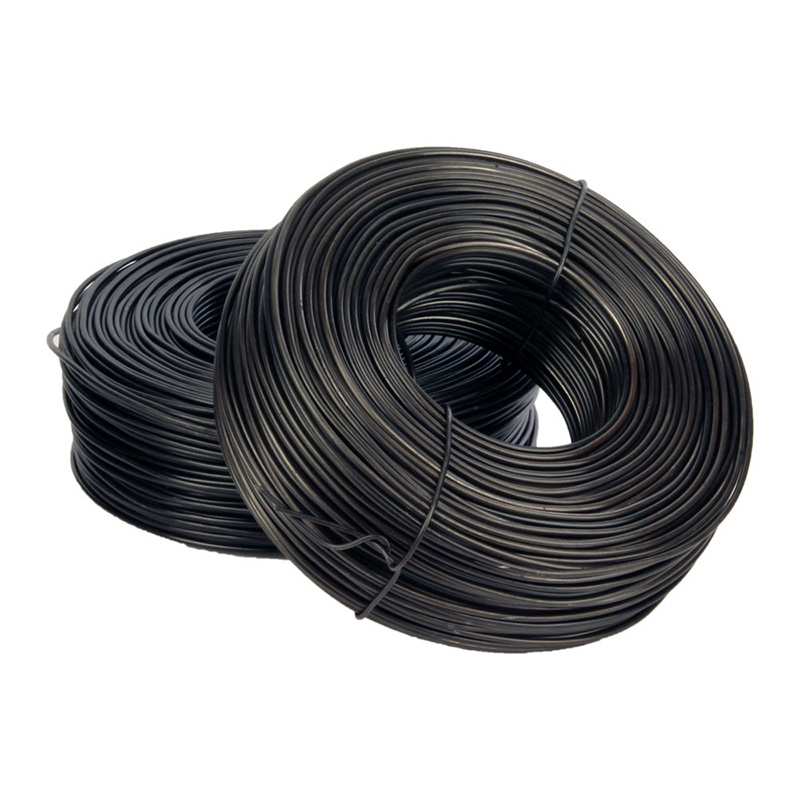
Tie Wire
Production Process of rebar tie wire : Steel rod coil — Wire Drawing — Wire Annealing–Rust Removing–Acid Washing– Boiling– Drying– Zinc Feeding– Wire Coiling. Wires Type 1.Galvaniz […]
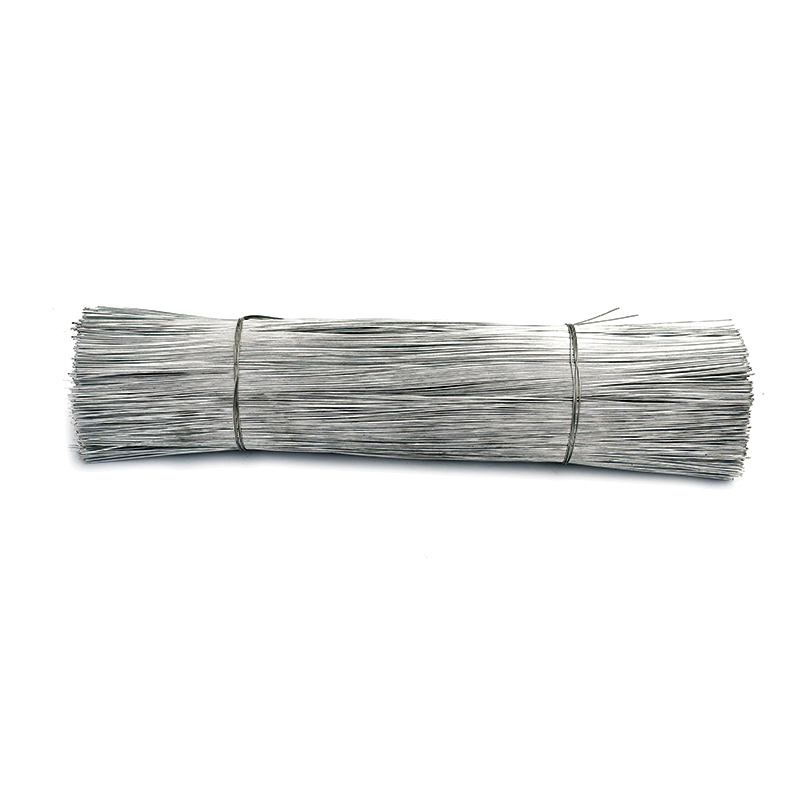
Cutting Wire
Product Description: Product Name Cutting Wire Zinc Coating 30-70g Place of Origin Chinese mainland Tensile Strength 33-50kg/mm2 Material Electro galvanizedHot dipped galvan […]
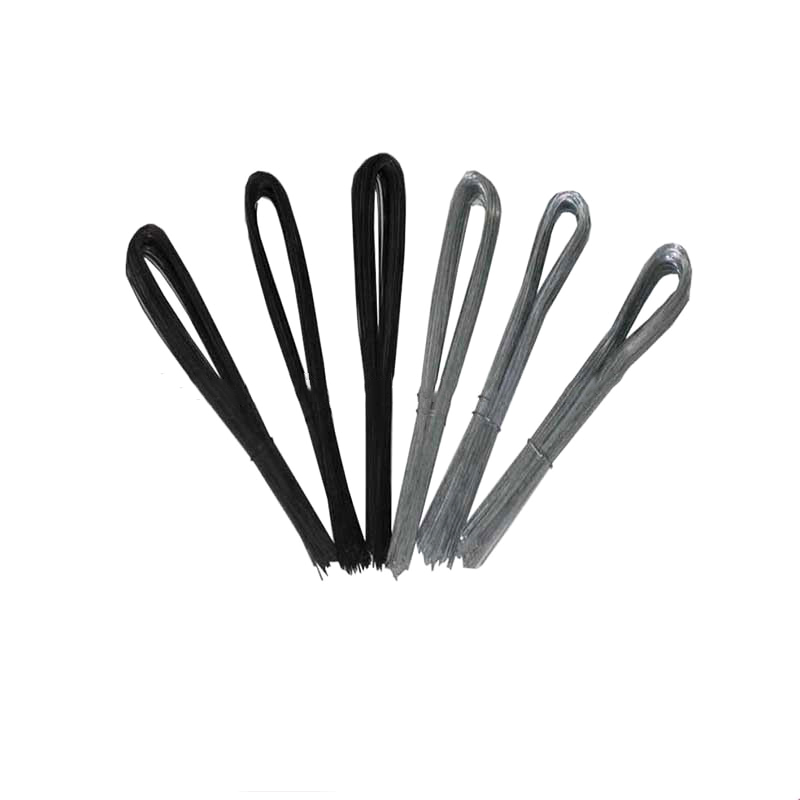
U Type Wire
Product information: Product Name Scaffolding Packing Galvanized Tie Wire Cuttings U Type Binding Wire Material Electro galvanized,hot dipped galvanized,black annealed,PVC coated W […]

Black Annealed Wire
Product Description: Product name Black Annealed Wire MOQ: No Material Q195,Q235 Delivery time: 20days after payment Surface annealed or as your request Payment terms: T/T,L/C We […]
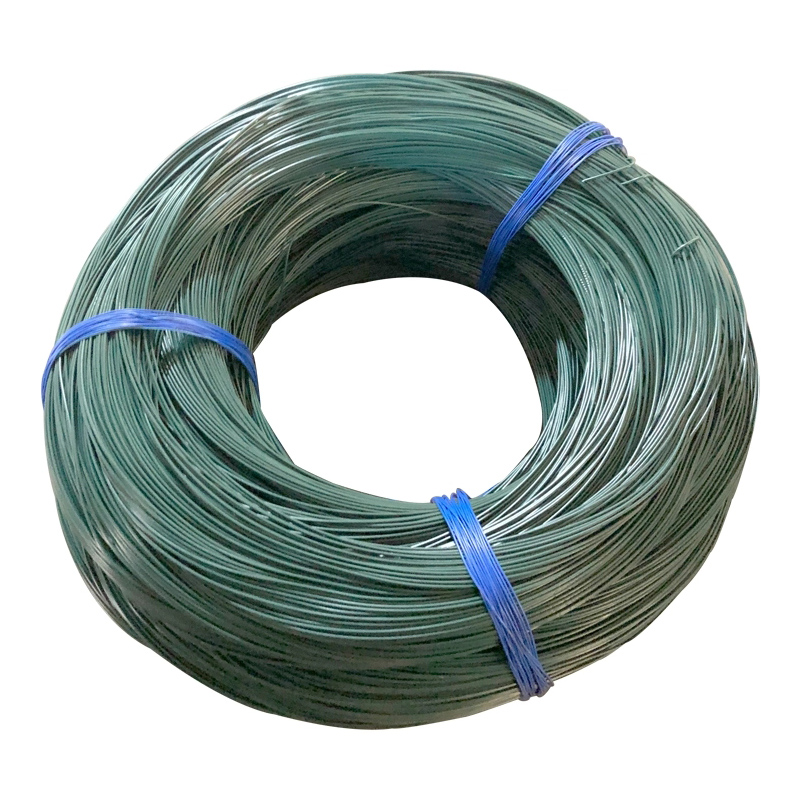
PVC Coated Wire
PVC coated wire, also called plastic coated wire, after high temperature dissolution cooled solid PVC particles uniformly wrapped in high-quality black iron wire and galvanized wi […]
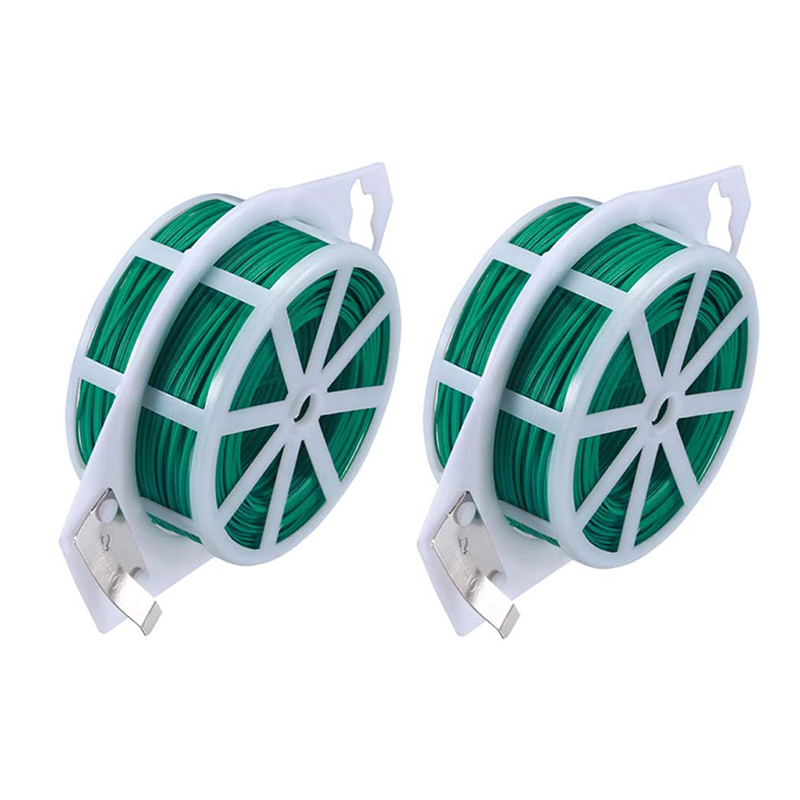
Garden Wire
Product information: The garden shingling is made of pvc plastic and high-quality galvanized iron wire, which is 3 to 4 times faster than any material, and the buckle is loose, the […]
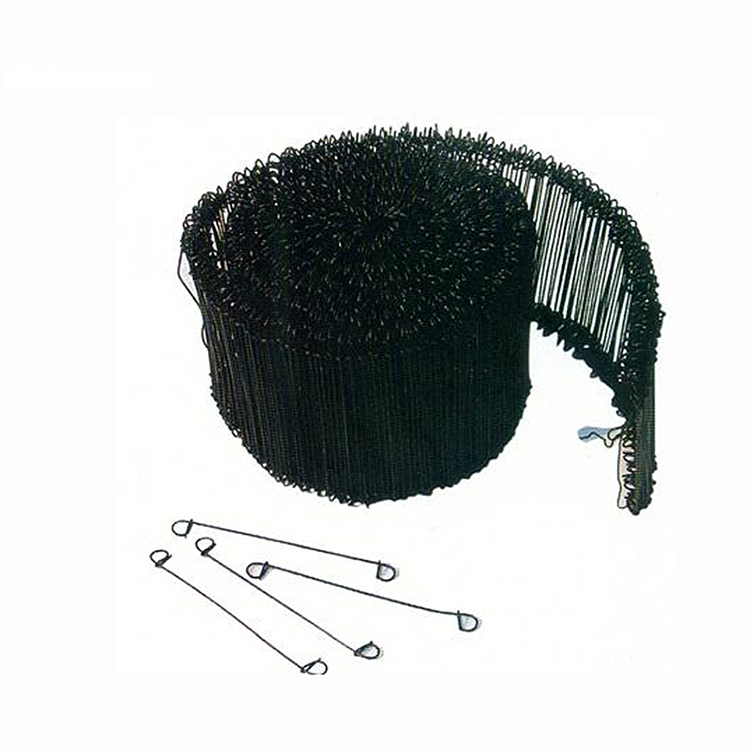
Double Loop Tie Wire
Double loop tie wire material Product Information: Wire diam. 0.5mm—2.0mm Finishes Black Annealed. Galvanized Annealed, Coppered, PVC coated, Stainless steel Wire gauge BWG6 […]
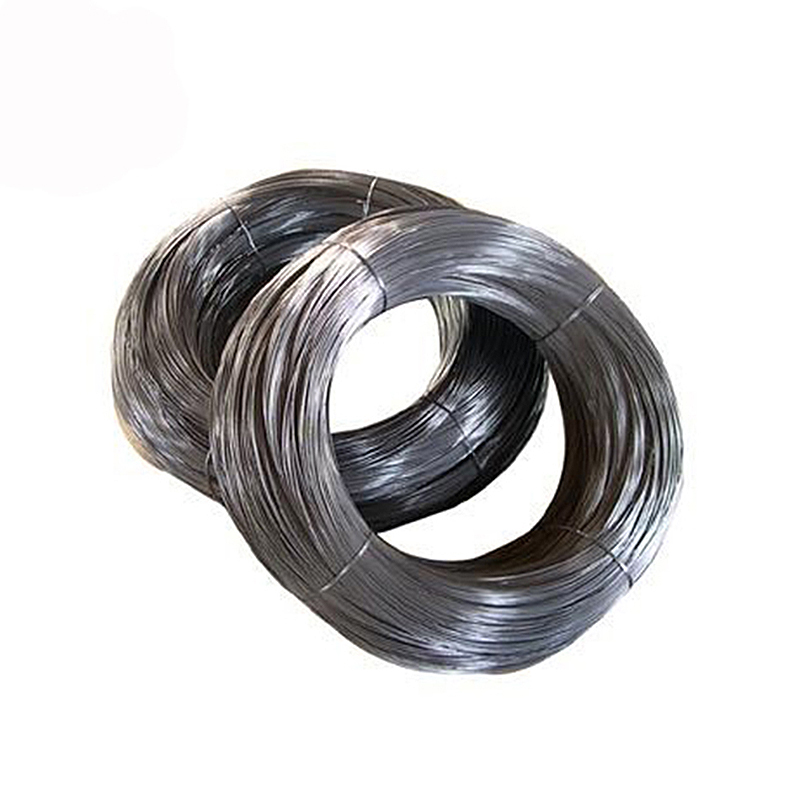
Galvanized Wire
Product information: Product Name Galvanized Wire Package 5kgs/roll, pp film inside and hassian cloth outside or pp woven bag outside 25kgs/roll, pp film inside and hassian […]
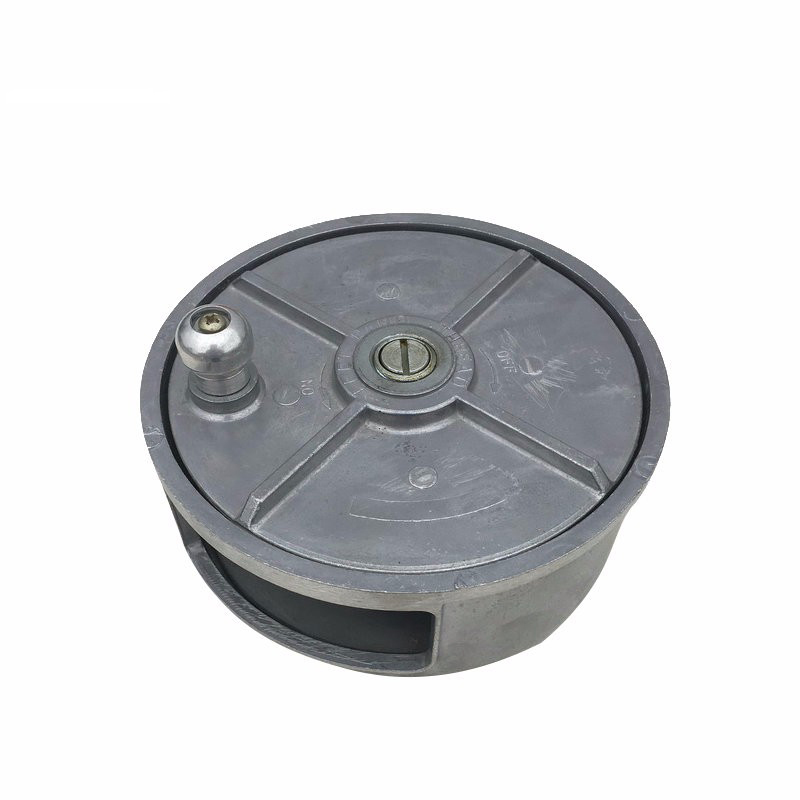
Reel Wire Tool
Product information: Specification of Aluminum Tie Wire Reel Material Plastic & Aluminum Weight 1.95LBS Application Binding Wire MOQ 1000pcs Sample Free Package 5PCS/CARTON &nb […]
Post time: 2023-06-24
